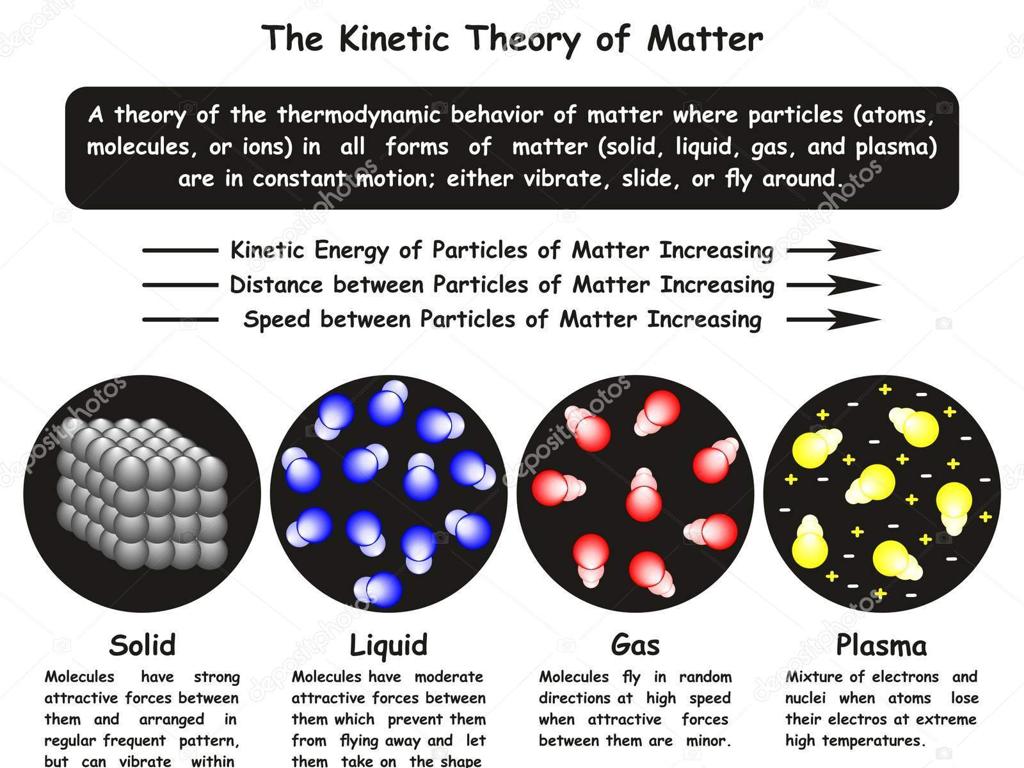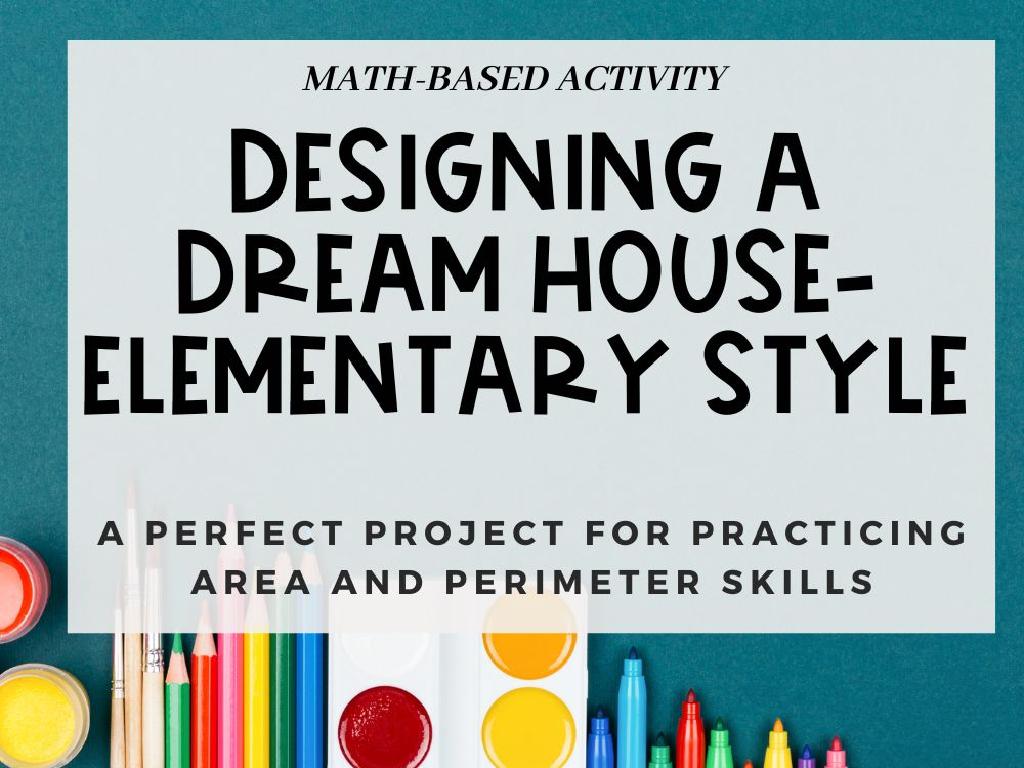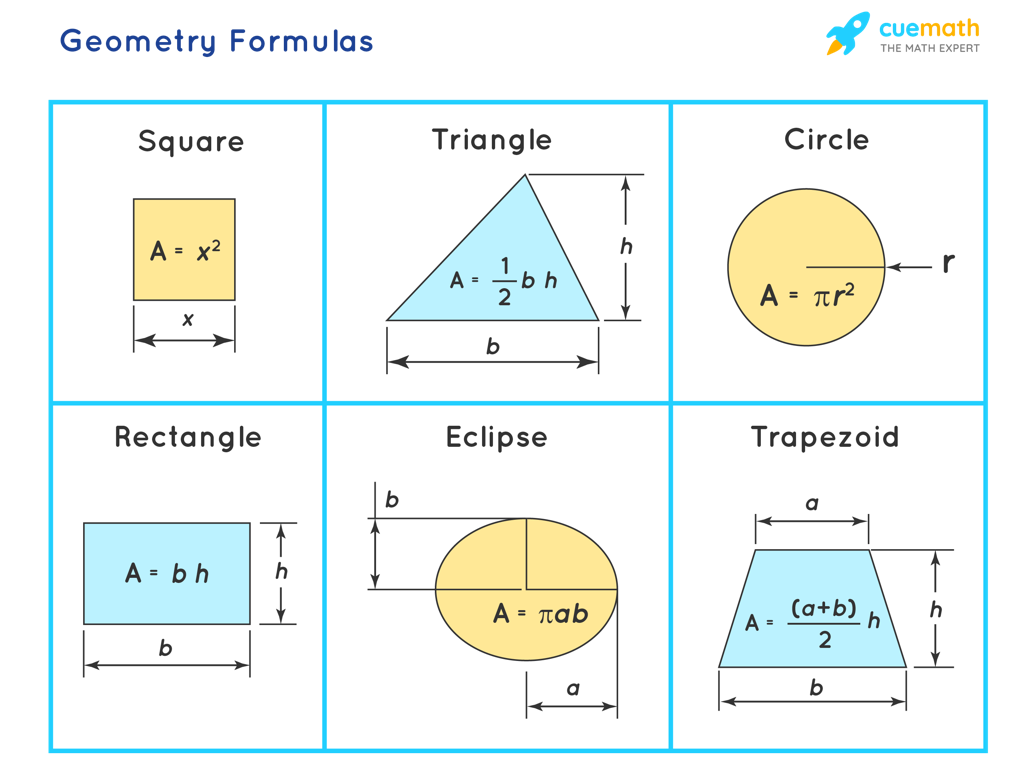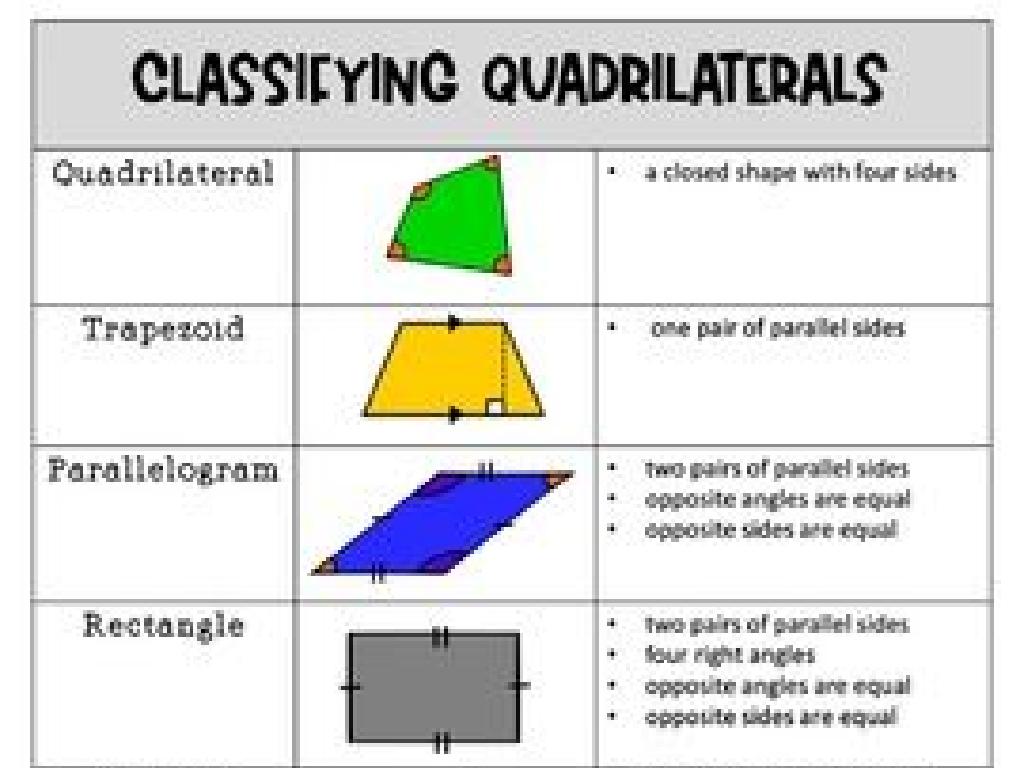Patterns Of Equivalent Fractions
Subject: Math
Grade: Fourth grade
Topic: Equivalent Fractions
Please LOG IN to download the presentation. Access is available to registered users only.
View More Content
Welcome to Equivalent Fractions!
– Understanding basic fractions
– Fractions represent parts of a whole
– Exploring equivalent fractions
– Fractions with different numbers but same value
– Importance of equivalent fractions
– They help compare and simplify fractions
– Applying knowledge in math
|
This slide introduces the concept of equivalent fractions to fourth-grade students. Begin by explaining what fractions are, using visual aids like pie charts or fraction bars to show parts of a whole. Then, move on to equivalent fractions, demonstrating how different fractions can represent the same amount. For example, show that 1/2 is the same as 2/4 by dividing a shape into different numbers of equal parts. Discuss why understanding equivalent fractions is crucial, such as for comparing fractions or simplifying them during calculations. Engage students with examples and encourage them to find equivalent fractions for given examples. This foundational knowledge will be applied in various math problems and real-life situations where fractions are used.
Understanding Fractions
– A fraction shows part of a whole
– Top number is the numerator
– It tells how many parts we have
– Bottom number is the denominator
– It tells how many parts in total
– Examples: 1/2, 3/4, 5/8
– 1/2 is half, 3/4 is three-fourths
|
Begin the lesson by explaining that a fraction represents a part of a whole, like a slice of pizza out of a whole pizza. The numerator, which is the top number of a fraction, indicates how many parts of the whole we’re looking at. The denominator, the bottom number, tells us into how many total parts the whole is divided. Use common examples like 1/2, which means one out of two equal parts, and 3/4, which means three out of four equal parts, to help students visualize fractions. Encourage students to think of other examples of fractions they encounter in everyday life, such as cutting an apple into quarters or sharing candy with friends.
Exploring Equivalent Fractions
– What are equivalent fractions?
– Fractions that represent the same amount
– Different but equal in value
– Example: 1/2 equals 2/4 and 4/8
– 1/2 of a pizza is the same as 2/4 or 4/8 of it
– Visualizing with fraction models
– Draw circles or bars divided into equal parts
|
This slide introduces the concept of equivalent fractions, which are fractions that, despite having different numerators and denominators, represent the same value. Use visual aids like fraction circles or bars to help students see the equivalency between fractions like 1/2, 2/4, and 4/8. Emphasize that equivalent fractions are just different ways of expressing the same part of a whole. Encourage students to think of real-life examples, such as slices of pizza or pieces of a chocolate bar, to solidify their understanding. Provide additional examples and have students use fraction models to create their own sets of equivalent fractions.
Creating Equivalent Fractions
– Multiply or divide both parts of a fraction
– Use the same number for numerator and denominator
– Keeps the fraction’s value the same
– It’s like creating a ‘fraction twin’
– Example: 1/2 becomes 2/4 when multiplied by 2
– 1/2 x 2/2 = 2/4, both fractions equal 0.5
– Practice creating your own equivalents
|
When teaching equivalent fractions, emphasize that multiplying or dividing both the numerator and denominator by the same non-zero number does not change the value of the fraction. It’s like looking in the mirror and seeing yourself the reflection is still you, just like the fraction’s value remains unchanged. Use concrete examples, such as 1/2, and show visually how multiplying by 2/2 gives us 2/4, which is the same value. Encourage students to practice with different numbers to create their own sets of equivalent fractions. This will help solidify their understanding of the concept.
Patterns in Equivalent Fractions
– Patterns simplify finding equivalents
– Multiplication/division in numerators/denominators
– If we multiply or divide both parts of a fraction by the same number, the fractions are equivalent.
– Example: Knowing 1/3 leads to more fractions
– Multiply numerator and denominator of 1/3 by 2, 3, 4 to get 2/6, 3/9, 4/12.
– Practice with different numbers
– Try creating equivalents for 1/4, 1/5, or 1/2.
|
This slide introduces students to the concept of finding equivalent fractions through recognizable patterns. Emphasize the importance of using multiplication or division to create equivalent fractions. Show that by multiplying or dividing both the numerator and denominator by the same number, the value of the fraction remains the same. Use 1/3 as a clear example to demonstrate this pattern, and then encourage students to apply this method to other fractions as practice. This will help them quickly identify equivalent fractions in future problems.
Practice Time: Finding Equivalent Fractions
– Understand equivalent fractions
– Use multiplication for equivalents
– Multiply the numerator and denominator by the same number
– Use division for equivalents
– Divide the numerator and denominator by the same number
– Activity: Equivalents for 1/4
– Find 3 fractions equal to 1/4 using multiplication or division
|
This slide is designed for a hands-on activity where students will apply their understanding of equivalent fractions. Start by explaining that equivalent fractions are different fractions that represent the same value. Demonstrate how multiplying or dividing both the numerator and denominator of a fraction by the same non-zero number will result in an equivalent fraction. For the activity, guide the students to find three equivalent fractions for 1/4 by using multiplication or division. For example, multiplying the numerator and denominator by 2 gives 2/8, which is equivalent to 1/4. Encourage students to explore different numbers they can multiply or divide by and to verify their answers by simplifying the fractions. This activity will help solidify their understanding of equivalent fractions and prepare them for more complex problems.
Class Activity: Fraction Bingo!
– Receive your Fraction Bingo card
– Listen for called equivalent fractions
– Mark equivalent fractions on your card
Do you have a fraction that means the same as the one called out?
– First to five in a row shouts ‘Bingo!’
|
This interactive activity is designed to help students recognize and find equivalent fractions in a fun and engaging way. Each student will receive a Bingo card populated with different fractions. As the teacher calls out various equivalent fractions, students will need to determine if they have a fraction on their card that is equivalent to the one called out. This activity requires students to apply their understanding of equivalent fractions to mark their cards correctly. The first student to align five equivalent fractions in a row (horizontally, vertically, or diagonally) and yell ‘Bingo!’ will have their card checked by the teacher. To prepare, ensure there is a variety of equivalent fractions on the Bingo cards and that you have a list of fractions to call out. Consider having small prizes for winners to make the activity even more exciting.
Wrapping Up: Equivalent Fractions
– Congratulations on learning equivalent fractions!
– Practice is key to mastery
– Homework: Worksheet on equivalent fractions
– Find and complete the worksheet to practice finding equivalent fractions.
– Be ready to discuss your answers
– We’ll review the worksheet in our next class, so be prepared!
|
This slide is designed to conclude the lesson on equivalent fractions and to reinforce the importance of practice in mastering the concept. The homework assignment is a worksheet that provides additional practice on finding equivalent fractions, which will help solidify the students’ understanding. Remind the students that the more they practice, the better they will get at identifying and creating equivalent fractions. Encourage them to try their best on the worksheet and to bring any questions they have to the next class for discussion. This will not only help them individually but also foster a collaborative learning environment where students can learn from each other’s questions and explanations.






